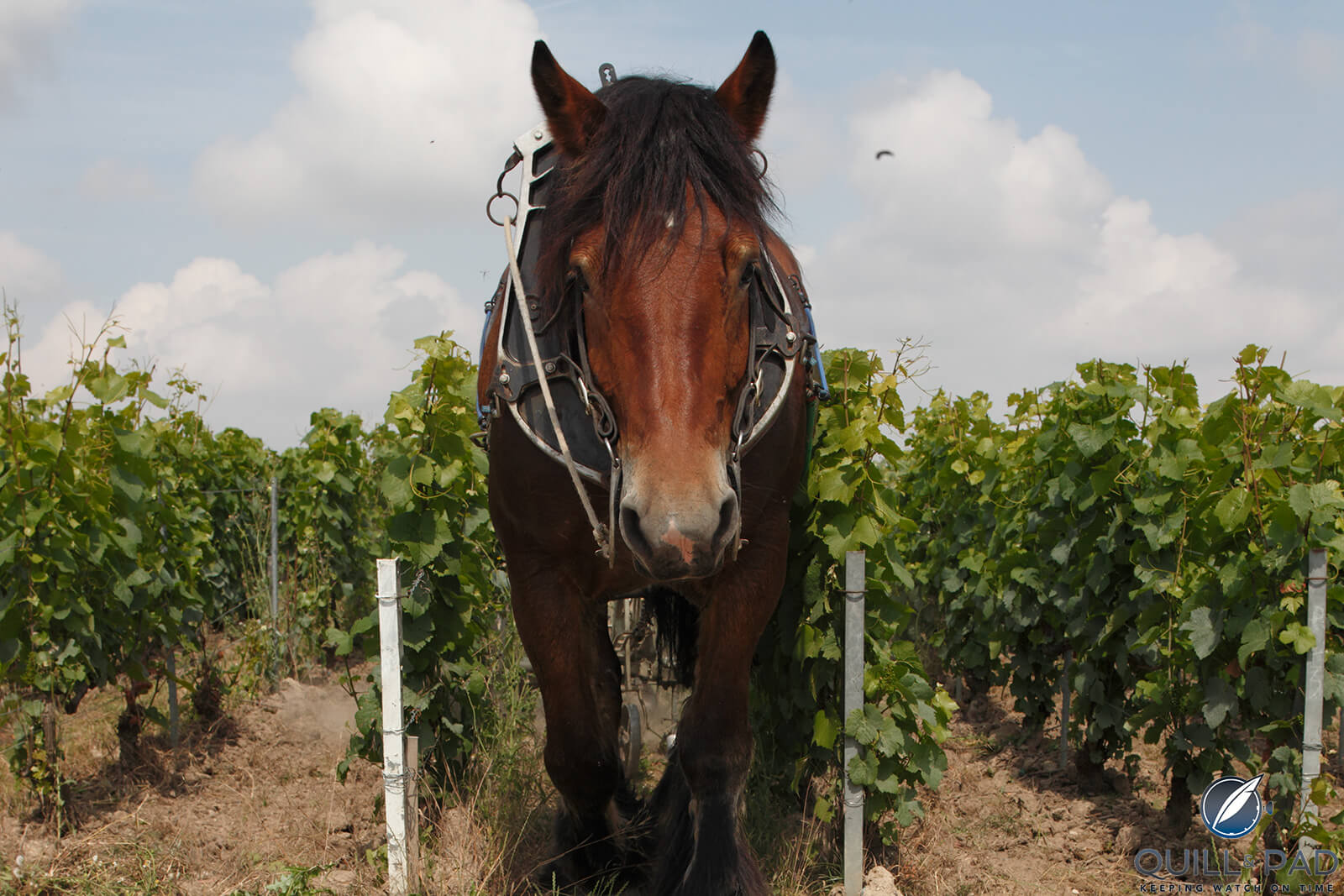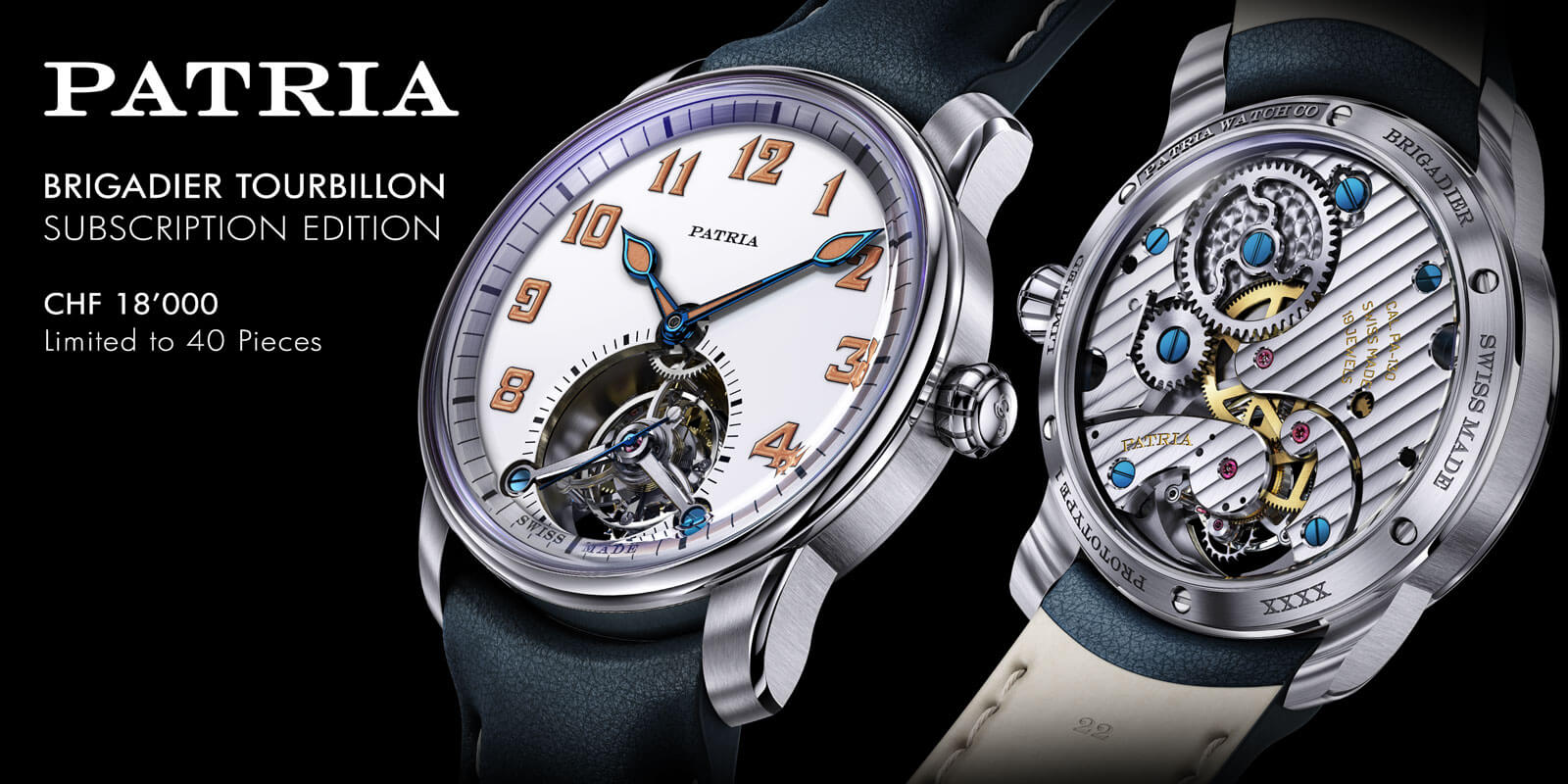Louis Roederer’s Collection Series is the Future of Champagne; However, Today Belongs to the Sensational 2015 Cristal
by Ken Gargett
Few producers of any wine, champagne, or spirit have featured in the pages (screens?) of Quill and Pad as much as the brilliant champagnes of Louis Roederer. There are a number of reasons for this.

Louis Roederer Cristal champagne
The obvious reason is that they make stunning champagnes. They have always been a house focusing on the highest levels of quality. They have a very high, for Champagne, ratio of their own vineyards to those from the growers with whom they deal, meaning that they can be certain that they are at the cutting edge of developments in viticulture.
Most of all, however, Louis Roederer has a not-so-secret weapon. Their long term chef de cave, Jean-Baptiste Lécaillon, is not just one of the best, most forward thinking winemakers in the region, but on the planet. The man is a winemaking rock star. Without Jean-Baptiste, Louis Roederer would still make superb champagnes. With him, their wines are the equal of any and the envy of most.

Jean-Baptiste Lécaillon, chef de cave at Louis Roederer
Jean-Baptiste is far from the only forward thinker in the region. The team at Jacquesson, for example, broke through with their incredibly innovative champagnes at non-vintage level. Growers like Selosse and Collin and more, have taken champagne in a different direction, or at least, provide options.
Roederer is far from being the only producer using organics and biodynamics. It is, however, what this (small large or large small – take your pick) producer is doing with their non-vintage/multi-vintage (again, take your pick of whatever term appeals) wines, that is breaking the mold.

Horse working the biodynamic vineyards at Louis Roederer
No longer do we have the mantra that the non-vintage champagne from a house must be consistent year to year, so that consumers from Brazil to Basingstoke are drinking a champagne that tastes exactly the same every time they open a bottle.
Houses like Jacquesson, Krug and perhaps especially Roederer have recognized that the reality is that vintage variation, especially that brought on by the ever-increasing threat of climate change, means that wines will vary and attempting to shoehorn them into the one-size-fits-all style means that you may have consistency, but you won’t have champagnes at the level that they could attain.
Or is it all greenwashing? We shall see.
—————————————————————————————————–
—————————————————————————————————–
Bring on Roederer’s Collection series. But not quite yet. This week, Cristal, and then next time, we will look at what may well be the future of Champagne.

Louis Roederer Cristal 2015 champagne
But as we said, before that we have the 2015 Cristal. Few houses release their prestige champagne from as many vintages as do Roederer. Again, this is partly Lécaillon, but it’s probably more the fact that Roederer has their own vineyards and understand them in a way that is difficult to do if buying from growers. They know which vineyards will perform in the conditions of each vintage and can use this to source grapes of such a high standard that they can make Cristal in years when other houses step away.

Champagne Louis Roederer
So a 2015 declaration? We have had the brilliant 2012 vintage and the better than expected 2013s and 2014s. There are some superb vintages waiting in the wings – 2018, 2019 and 2020 will make champagne lovers very happy. 2015 won’t be universally declared but there will be some fabulous champagnes from it (2016, not so much, and 2017 even less so). 2012, 2013 and 2014 Cristals are all magnificent, though very different.
2015 is a return to a classic Cristal style and, while early days, this is the best 2015 champagne I have yet seen.
If we turn to the bible of champagne vintages (again), Charles Curtis’s “Vintage Champagne: 1899 to 2019”, the overview of 2015 was a “hot, dry year without the excess of 2003”. I know that there are people out there who have high opinions of 2003 as a vintage, but I am most definitely not one of them, and if climate change is sending the region down this route, that would be a very sad day indeed. I know I am not alone in this. 2003 is hot, clumsy, blowsy with only a handful of the very best producers making anything worth your time, and even less worth your money. So many better champagnes around.
Curtis believes it was rain at the end of August that saved 2015. There is a ripeness and richness to the wines, so producers had to be very careful that they were not lacking in acidity. 2015 was hotter than both 1976 and 2003 and, even with that late August rain, one of the driest.

Riddling champagne bottle at Louis Roederer
If we revert to Lécaillon’s thoughts at the time of the 2015 harvest, he declared it a “dream year! Sunny, dry, no downy mildew, no rot, 98% of our vineyards could have been organic! This has all the criteria to be vintage: ripe, no rot, good balance and concentration… analysis puts it close to 2002, but concentration and dry extract are more like one of a vintages of the late 40’s and 50’s”.
More recently, Lécaillon has been quoted as suggesting that the vintage gave us a Cristal of “featherlight intensity in a sunny and dry year”. He has described it as a “soil vintage”, with the thinking being that this Cristal shows salinity and chalk, drawn from the vineyards.

Horse working the biodynamic vineyards at Louis Roederer
Cristal is now sourced from biodynamic vineyards. Roederer has 45 plots which are considered for inclusion, out of a possible 70 plots – those which are not yet up for consideration for Cristal simply do not have the deep rooted vine system necessary and they need more ageing.
Lécaillon will start with all 45 plots in a blend and then work out if the wine can be improved by the removal of any of the plots. We need to go back to the great 2002 to find a Cristal where all 45 plots were included. Until the 2015. Lécaillon said that he simply could not make the wine better than it was with every plot included.
The deeper roots that are part of the effect of biodynamic farming bring a balance to the grapes. He has also used a little more older oak in vinification. He is keen to draw forth the saline characters that can emerge with the Chardonnay.
—————————————————————————————————–
—————————————————————————————————–
Jean-Baptiste kindly spent time on Zoom with several of us, keen to see the new wines. He mentioned that he is finding 2015 reminiscent of 1952 (all right for some). The dry summer linked the two years and both were very ripe. Jean-Baptiste mentioned that 1952 was a year that was especially good for Rose, so perhaps the Cristal Rose from 2015 will be one to watch (it always is). He declared the 2015 vintage to be “unclassic”, but despite that, he believes that the conditions gave us a more classic Cristal than 2014, which was “rounder and fruitier”. He finds Cristal to be a wine of “white soil, blue skies and no cloud” and very much sees that reflected in the 2015.

Map of the Louis Roederer Cristal vineyards
The 45 plots are from seven Grand Crus – for Chardonnay, Avize, Cramant, Mesnil-sur-Oger and Verzy; for Pinot Noir, Beaumont-sur-Vesle, Verzenay and Aÿ. This ends up as one-third of the grapes coming from each of their estates at “la Rivière”, “la Montagne” and “la Côte”. The final blend is 60/40, Pinot to Chardonnay, which is, coincidently, the same blend of grapes across the estates used for Cristal. Dosage was 7 grams/litre.
In keeping with the vintage, Jean-Baptiste ensured that the wine saw no malolactic fermentation while the normal alcoholic fermentation was the “lightest” possible, as the aim was to make sure the wine reflected the “lightness of chalk”. 25% oak fermentation. Jean-Baptiste was keen for “sleekness, freshness and chalkiness”. He has all in spades. I didn’t ask but I would not be surprised to find that Jean-Baptiste is reading more than his fair share of Milan Kundera at the moment.
For me, 2015 Cristal is a wine of purity. Wonderfully fresh, we have notes of white florals, citrus, honey and chalk. Gentle notes of stonefruit emerge, with a walnut backing, all held together by that line of salinity. This is layered and complex, a beautiful Cristal with serious intensity. Great focus and such length. Impeccably balanced and with a lingering finish. It should drink beautifully for the next 10 to 20 years.

Louis Roederer Cristal 2015 champagne
I have seen reviews suggesting that this is more of a drink now, or at least drink sooner, proposition than some Cristals, and that might be so if you line it up against wines like the 2008, but I think it will sail ahead for many years. Those without that confidence might be very surprised. At the moment, 97, but in a few years, 98 for sure, when an extra level of opulence should thrill lovers of great champagne.
Priced around AUD$550-$575, the 2015 is a wonderful Cristal – aren’t they all – and yet another example of the skill of Jean-Baptiste Lécaillon.
Next time, the Collection series, which might just be Jean-Baptiste’s crowning glory.
For more information, please visit www.louis-roederer.com/en/cristal2015
You might also enjoy:
Louis Roederer Cristal 2013 And Cristal Rosé 2012: As Good As Champagne Gets
Louis Roederer Collection 242: Heralding A New Future For NV (Non-Vintage)
Louis Roederer Cristal 2014: Does It Match All The Hype?
Champagne Louis Roederer Cristal 2012: Biodynamic Viticulture At Its Very Best






Leave a Reply
Want to join the discussion?Feel free to contribute!